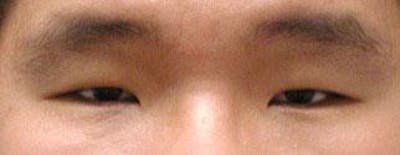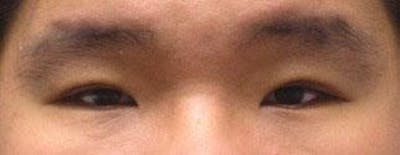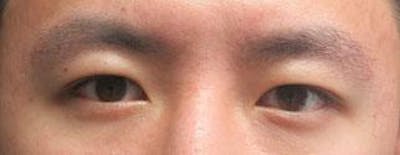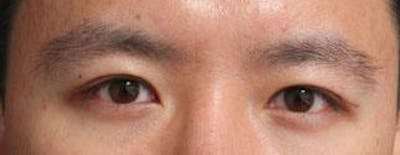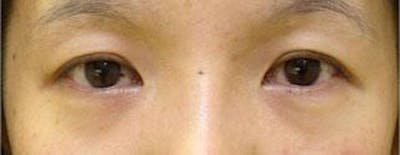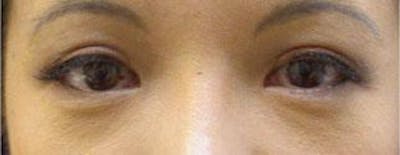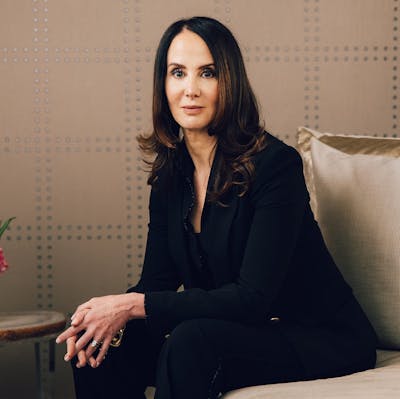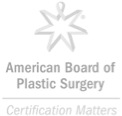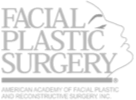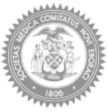Not only is eyelid surgery one of Dr. Halaas’s main services; in addition, her specialized technique for Asian eyelid surgery has been recognized by Digital Journal.
Is Asian eyelid surgery designed to “westernize” the appearance of those of Asian descent?
No. The goal of Asian eyelid surgery is to maintain consistency with Asian or Oriental facial features while helping define the appearance of the eye. About 50% of Asians are born with a crease in the upper eyelid, and in most cases, the patients seeking Asian or double eyelid surgery are trying to look more like them. The procedure is one of the most commonly requested and performed aesthetic procedures in many parts of East Asia. The shape, length, and position of an Asian eyelid crease are noticeably different from the crease on a Caucasian’s eyelid.
Are there alternatives to surgery that will accomplish the same thing?
Some patients use special tape or cosmetic putty to create an artificial crease. Both methods take time to make the effect look natural, but they are a common and inexpensive alternative to surgery.
I’ve heard that if you have Asian eyelid surgery done when younger, it will have to be repeated. Is this true?
If a patient undergoes Asian eyelid surgery in their late teens or early twenties, they may need to repeat the surgery by their 40s or 50s due to eyelid skin hooding. With age, the upper eyelids can “hood” (droop over the eye) — and this can make the double lid you got to become less and less visible. The double eyelid fold can also loosen with age because the connective tissue stretches and weakens over time.
Who is a candidate for Asian eyelid surgery?
If you’re in the Westchester and NYC area and you’re interested in Asian eyelid surgery, you may be the perfect candidate. Any individual whose upper eyelid lacks a defining crease can be considered for Asian eyelid surgery.

